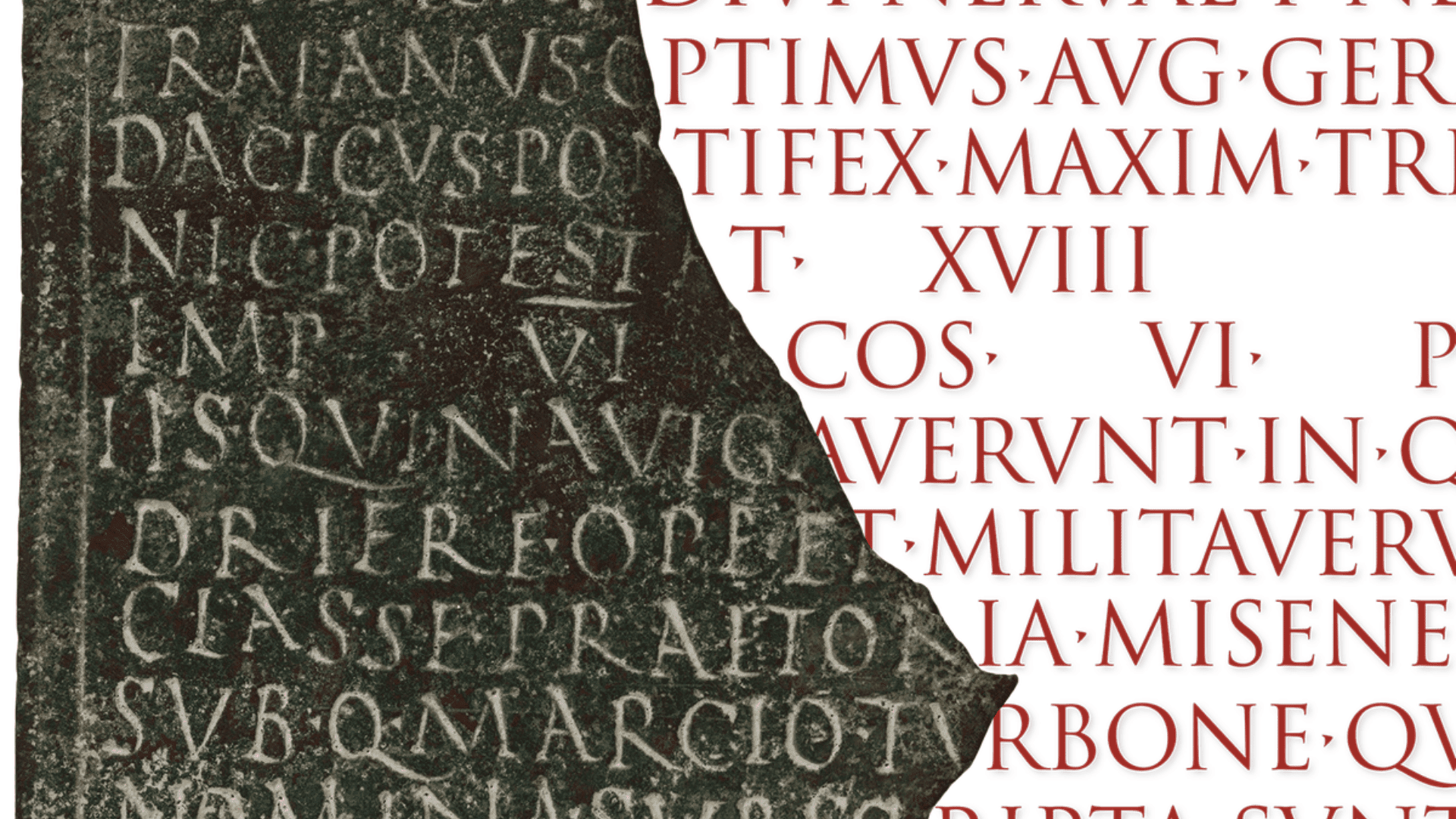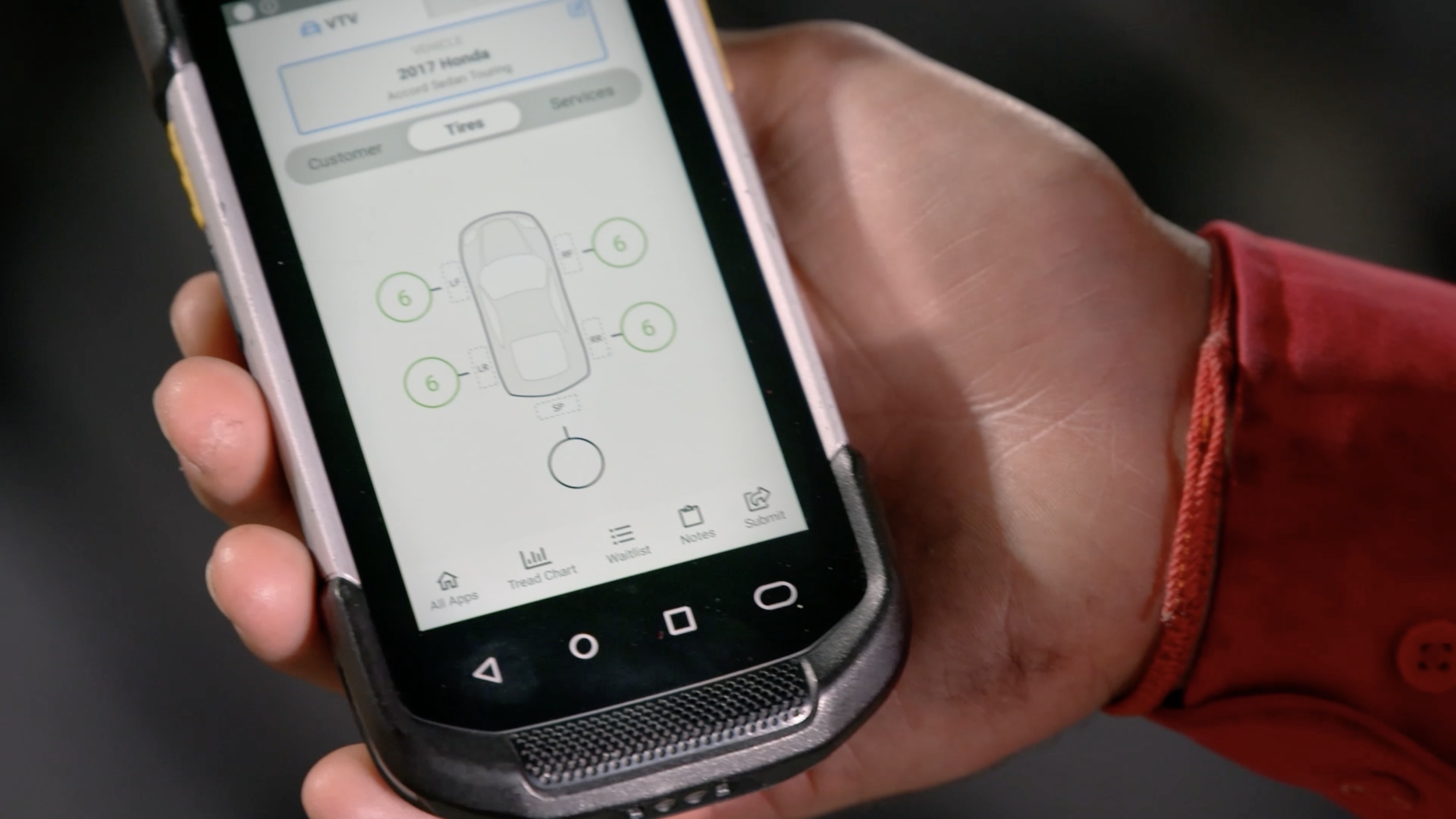Google DeepMind’s artificial intelligence tool, named Aeneas, is capable of predicting where and when inscriptions were made and suggesting what words may be missing in translation.
AI Aids Historical Translation

Historians stated the AI program helped them by identifying similar inscriptions to those being studied and suggesting words that fill the gaps in worn and damaged artifacts.
“Aeneas helps historians interpret, attribute, and restore fragmentary Latin texts,” Dr. Thea Sommerschield, a historian at the University of Nottingham who developed Aeneas with the tech firm, according to The Guardian. “That’s the grand challenge that we set out to tackle.”
Scholars estimate that approximately 1,500 new inscriptions are found per year. Though these invaluable texts give us a unique perspective on the ancient world, they’re often so damaged by time that they’re illegible.
“What makes them unique is that they are written by the ancient people themselves across all social classes,” said Sommerschield. “It’s not just history written by the victors.”
Led by Yannis Assael, the Google team worked with historians to create an AI tool that’s trained on an enormous database of nearly 200,000 known inscriptions, amounting to 16 million characters. The program takes the text and builds a list of inscriptions from the 7th century BC to the 8th century AD.
Notably, rather than merely searching for similar words, Aeneas is capable of identifying and linking using deep historical connections. The AI can assign texts to one of 62 Roman provinces and estimate when they were written within 13 years.
The researchers conducted an experiment in which they had Aeneas examine an inscription carved into monuments around the Roman Empire. Aenas provided two potential dates for the work: either the first decade BC or between 10 and 20AD.
Aeneas also analyzed inscriptions on a votive altar from Mogontiacum and revealed through subtle linguistic similarities how it had been influenced by an older votive altar in the region. It was also used in a collaboration with 23 historians, who used it to analyze Latin inscriptions and found the tool was helpful in 90% of cases.
“Those were jaw-dropping moments for us,” said Sommerschield. Details are published in Nature, and Aeneas is available to researchers online.






